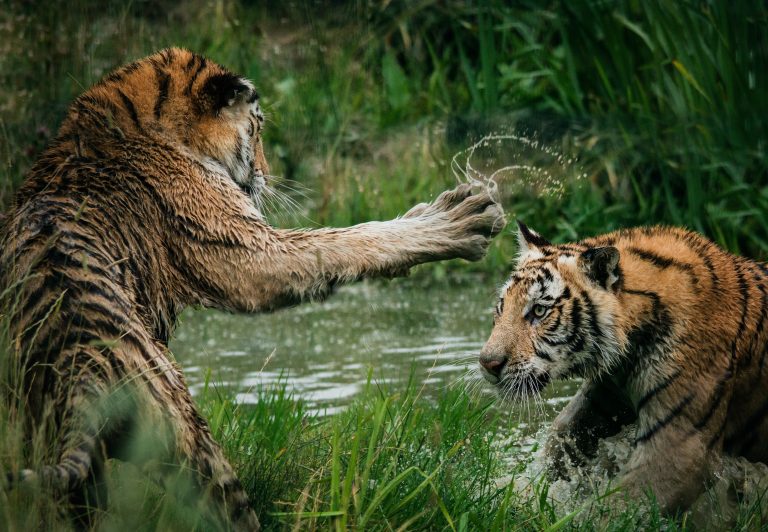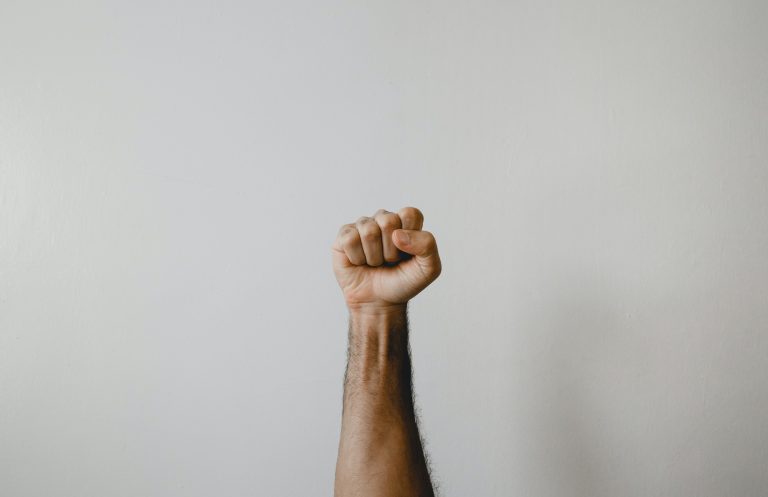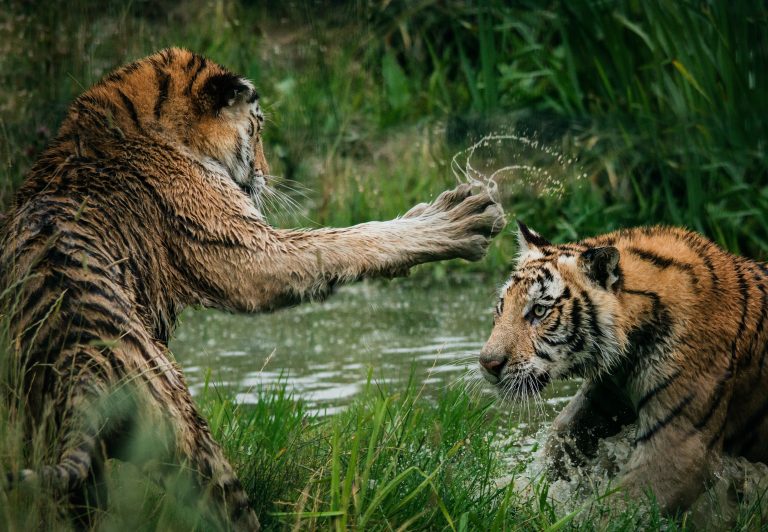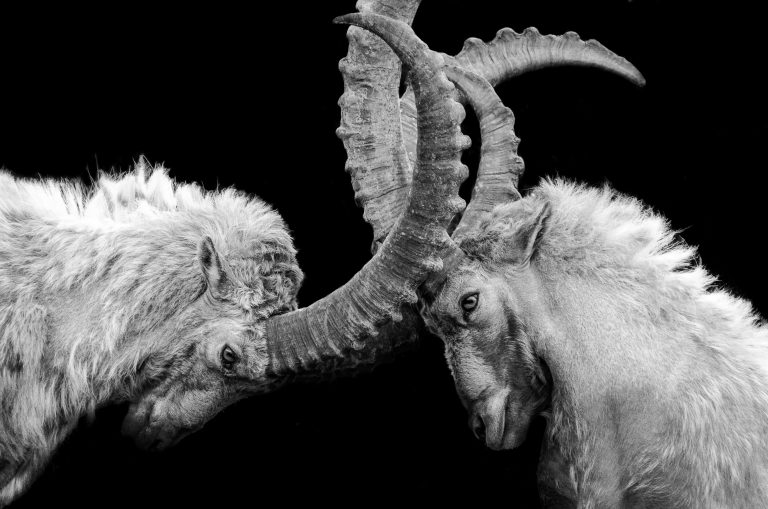What are the Different Variations of Karate?
Karate is a martial art developed in Japan that uses striking techniques to defend and protect. It has evolved over time, and there are now countless forms, styles, and variations of karate practiced around the world. This article will discuss the different variations of karate and explain the key differences between them.
The Origins of Karate
Karate originated in the Okinawa islands of Japan during the 17th century. It was developed as a form of self-defense, since weapons were banned in Okinawa at the time. The term “karate” actually means “empty hand” which refers to the fact that it relies on open hand strikes, rather than weapons.
During the 19th century, karate was spread to mainland Japan and it began to evolve into different forms and styles. As a result, there are now many different variations of karate practiced around the world.
The Different Variations of Karate
Karate is a martial art that can be practiced for self-defense, physical fitness, and competition. There are many different variations of karate, which each have their own unique focus and purpose. Here are some of the most popular types of karate:
Shotokan:
Developed in the 1940s, Shotokan is the most widely practiced style of karate in the world and is focused on traditional kata (forms) and powerful strikes. This style is also often used as a base for other forms of karate, such as many styles of modern sport karate.
Kyokushin:
Kyokushin karate was developed in the 1950s by Masutatsu Oyama. It is one of the most famous and popular styles of karate, and it emphasizes hard sparring and full-contact techniques.
Goju-Ryu:
Goju-ryu is one of the oldest forms of karate and is characterized by its circular, hard-soft movements and focus on close-range combat techniques.
Shito-Ryu:
Shito-ryu was created by Kenwa Mabuni in the 1930s. It combines elements from both shotokan and goju-ryu styles and focuses on dynamic movement, fluidity, and power.
Wado-Ryu:
Wado-ryu was created by Hironori Otsuka in 1934 and is characterized by its use of judo throws and holds in combination with striking and blocking techniques.
Shinkyokushinkai:
Shinkyokushinkai was founded by Mas Oyama in 1948 and is characterized by its use of free sparring with minimal contact. It emphasizes mental discipline, strength, and endurance to win.
Uechi Ryu:
Uechi Ryu was developed in Okinawa in the 1920s by Kanbun Uechi. It is a hard-style of karate characterized by powerful strikes and kicks, aggressive stances, and an emphasis on power and speed.
Kata
Kata (or forms) are pre-arranged moves in a pattern from which students can practice their techniques. Each style of karate typically has its own set of kata. The most common kata for all styles of karate include Heian Shodan, Heian Nidan, Heian Sandan, Tekki Shodan, Bassai Dai, Kanku Dai, Jion, Jitte, Jiin, Hangetsu and Empi.
Sparring
Sparring is an essential part of karate training. It allows practitioners to learn how to defend themselves in real-world scenarios against a live opponent by applying techniques they have learned in class. Sparring also builds confidence and develops character as it teaches practitioners to control their emotions under pressure.
The way sparring is practiced may differ depending on the style of karate. Kyokushin places more emphasis on full contact while Wado-ryu prefers light contact training. Some styles also allow the use of free sparring (unrestricted strikes), while other styles such as Goju-ryu focus more on predetermined forms of sparring such as ippon-kumite (one-strike sparring).
Conclusion
Karate is a martial art that has evolved over centuries into many different styles, variations, and forms. This article has discussed some of the most popular types of karate, their key characteristics, and the differences between them. While there are some common elements that all styles share, each style has its own unique focus that makes it distinct from the others. Whether you choose to practice Shotokan, Kyokushin, Goju-Ryu, Shito-Ryu, Wado-Ryu, Shinkyokushinkai or Uechi Ryu, karate is sure to give you an enjoyable and rewarding experience.
Sources:
- History Of Karate
- Karate Wiki
- Basic Karate Terms
What are the Different Variations of Karate?
Karate is a Japanese martial art that has grown in popularity around the world. It is a system of self-defense techniques that uses both striking and grappling moves. Over the years, many variations of karate have emerged, each with its own unique approach and focus. In this article, we will explore some of the most frequently asked questions about the different variations of karate.
1. What are the three main branches of karate?
There are three main branches of karate: Goju-Ryu, Shito-Ryu, and Shotokan. Each of these branches has its own unique characteristics and techniques.
Goju-Ryu
Goju-Ryu karate was founded by Chojun Miyagi in 1930. The style focuses on a combination of hard and soft techniques, as well as circular movements. It incorporates both open-handed and closed-fist strikes, as well as kicks and throws.
Shito-Ryu
Shito-Ryu karate was founded by Kenwa Mabuni in the 1930s. It combines elements of both Goju-Ryu and Shotokan, as well as other martial arts styles. Shito-Ryu places a significant emphasis on kata, or pre-arranged sets of movements that simulate actual combat situations.
Shotokan
Shotokan karate was founded by Gichin Funakoshi in the early 20th century. It is perhaps the most widely practiced form of karate around the world. Shotokan karate emphasizes powerful, linear strikes and kicks, along with strong stances and body position. It also places a significant emphasis on kata.
2. What are some other popular variations of karate?
In addition to the three main branches of karate, there are many other popular variations of the art. Here are a few examples:
Kyokushin
Kyokushin karate was founded by Masutatsu Oyama in the 1960s. It is known for its emphasis on full-contact sparring and its rigorous training methods. It is considered one of the most challenging forms of karate to practice.
Wado-Ryu
Wado-Ryu karate was founded by Hironori Otsuka in the 1930s. It emphasizes a combination of techniques from karate and jujitsu, as well as fluid movements and quick, evasive footwork.
Shotokai
Shotokai karate was founded by Shigeru Egami in the 1950s. It is similar to Shotokan in many respects but places a greater emphasis on inner development and spiritual growth.
3. How do the different variations of karate differ from each other?
The different variations of karate differ from each other in a number of ways, including their techniques, philosophy, and training methods. Some variations of karate place a greater emphasis on self-defense techniques, while others focus more on sport competition. Some emphasize strength and power, while others stress flexibility and balance. Ultimately, the best way to understand the differences between the various forms of karate is to practice them yourself.
4. Which variation of karate is best for me?
The variation of karate that is best for you will depend on your personal goals and preferences. If you are interested in self-defense, you may want to explore styles like Goju-Ryu or Kyokushin. If you are interested in competition, Shotokan or Shito-Ryu may be more your style. Ultimately, the most important thing is to find a form of karate that you enjoy and that fits your individual needs and goals.
5. How can I get started learning karate?
If you are interested in learning karate, the best way to get started is to find a qualified instructor and attend classes regularly. Many martial arts studios offer introductory classes or trial memberships that allow you to try out different styles before committing to a program. It is also important to invest in proper equipment, such as a uniform and protective gear.
In conclusion, karate is a diverse and multifaceted martial art that offers something for everyone. Whether you are interested in self-defense, sport competition, or personal growth and development, there is a variation of karate that can help you achieve your goals. By understanding the differences between the various styles and finding the one that suits you best, you can embark on a lifelong journey of learning and self-discovery.
Inhaltsverzeichnis






